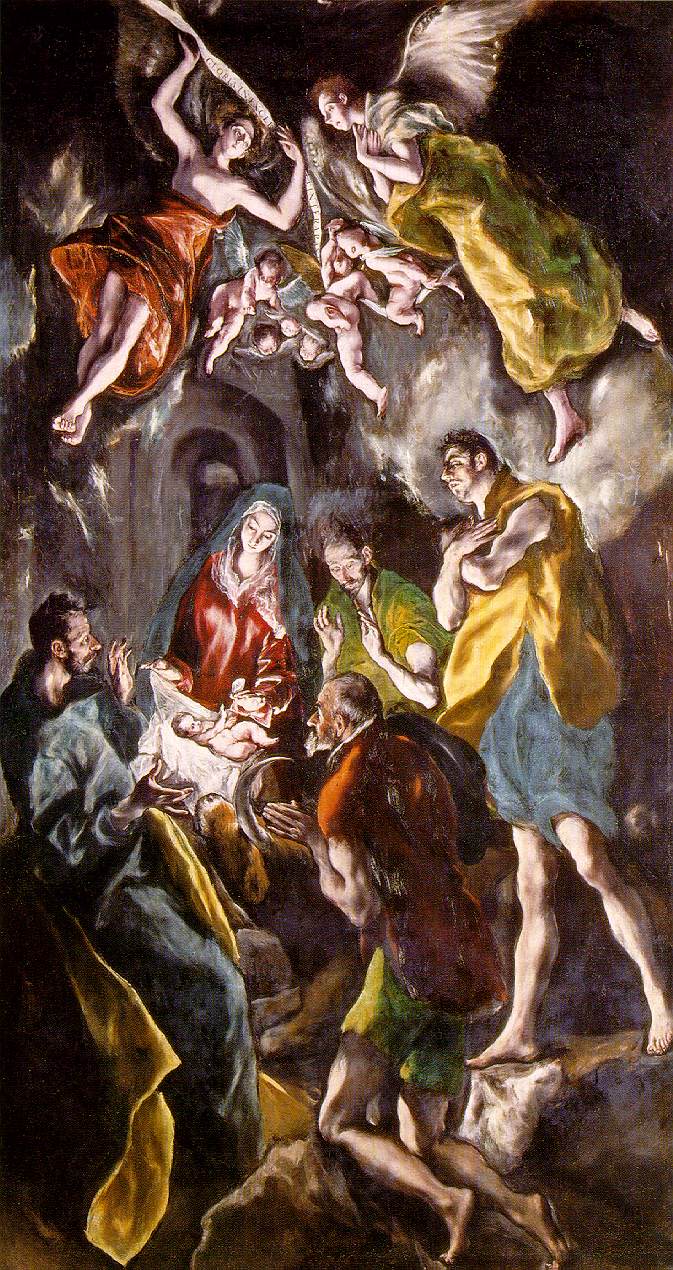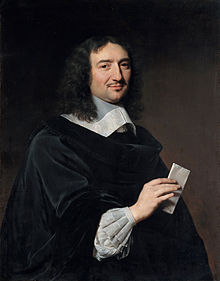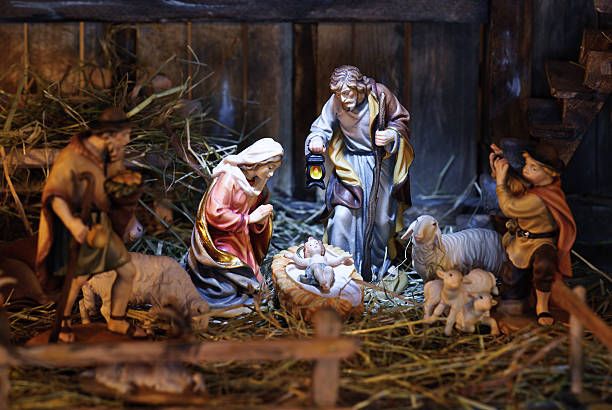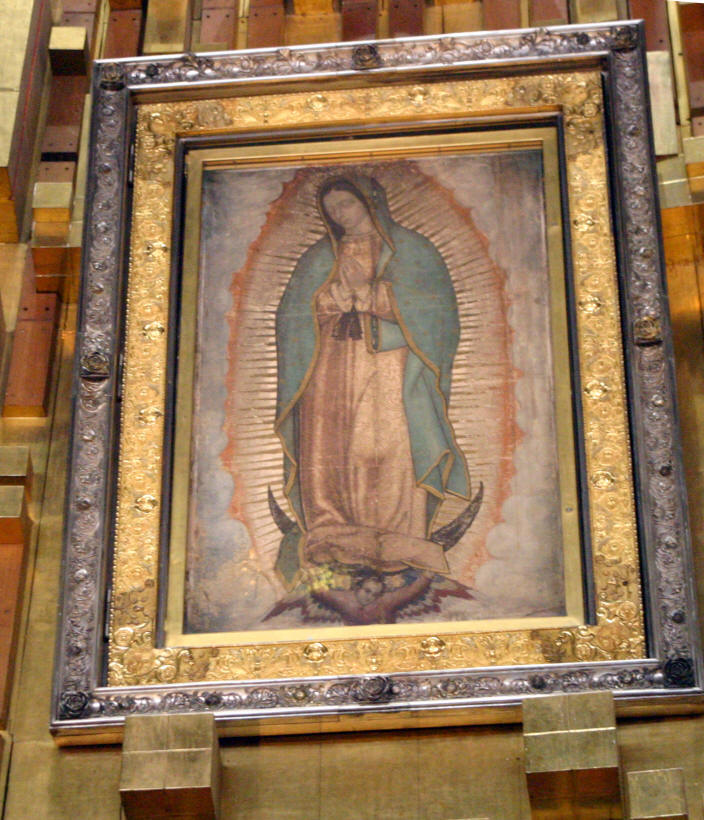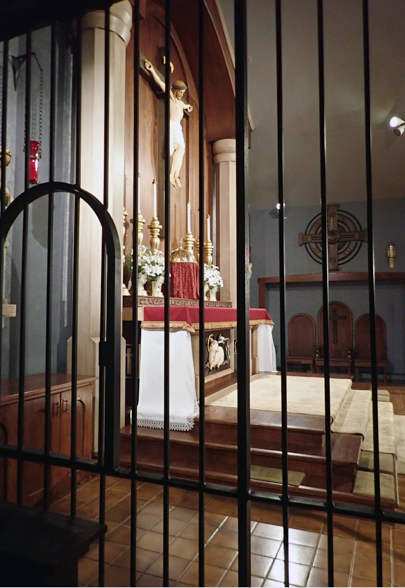"The Martyrdom of St. Thomas Becket" from St. Thomas altarpiece, Hamburg
(gift of the Guild of English Merchants)
Today the Church celebrates the feast of St. Thomas Becket (d. 1170 AD). Born to a prosperous London family of Norman extraction, St. Thomas studied the trivium and quadrivium at Merton Priory and other schools in London. However, when his father suffered financial misfortunes Thomas was forced to leave his studies and earn a living as a clerk in the household of Theobald of Bec, Archbishop of Canterbury. Theobald was highly pleased with Thomas's able service, and recommended him to King Henry II for the vacant post of Chancellor, to which Thomas was duly appointed in 1155. Thomas's abilities likewise pleased King Henry, who named Thomas Archbishop of Canterbury upon Theobald's death in 1162 AD. King Henry expected that Thomas, who continued to hold the post of Chancellor, would place the crown's interests ahead of those of the Church. The King's hopes were disappointed, as Thomas resigned the post of Chancellor, adopted ascetical practices, and sought to protect the Church's rights against crown encroachments, and even to recover prerogatives which the crown had wrongfully wrested from the Church. This brought Thomas and Henry into conflict. In frustration, King Henry uttered the fateful words "Will no one rid me of this turbulent priest?" or perhaps, "What miserable drones and traitors have I nourished and brought up in my household, who let their lord be treated with such shameful contempt by a low-born cleric?" Whatever the exact words may have been, they were interpreted by Henry's men as the king's fervent wish that Thomas be killed at once. Accordingly, four of Henry's knights rushed to Canterbury Cathedral, and murdered Thomas as he was proceeding to vespers. Here is the account of a witness, himself wounded in the attack:
"The wicked knight leapt suddenly upon him, cutting off the top of the crown which the unction of sacred chrism had dedicated to God. Next he received a second blow on the head, but still he stood firm and immovable. At the third blow he fell on his knees and elbows, offering himself a living sacrifice, and saying in a low voice, 'For the name of Jesus and the protection of the Church, I am ready to embrace death.' But the third knight inflicted a terrible wound as he lay prostrate. By this stroke, the crown of his head was separated from the head in such a way that the blood white with the brain, and the brain no less red from the blood, dyed the floor of the cathedral. The same clerk who had entered with the knights placed his foot on the neck of the holy priest and precious martyr, and, horrible to relate, scattered the brains and blood about the pavements, crying to the others, 'Let us away, knights; this fellow will arise no more."
Thomas was quickly canonized by Pope Alexander III. His relics were kept at the Cathedral in Canterbury, and were a very popular object of pilgrimage and veneration. St. Thomas' relics were destroyed in 1538 AD by order of King Henry VIII, who was himself involved in serious conflict with the Church.
St. Thomas Becket, pray for us.



